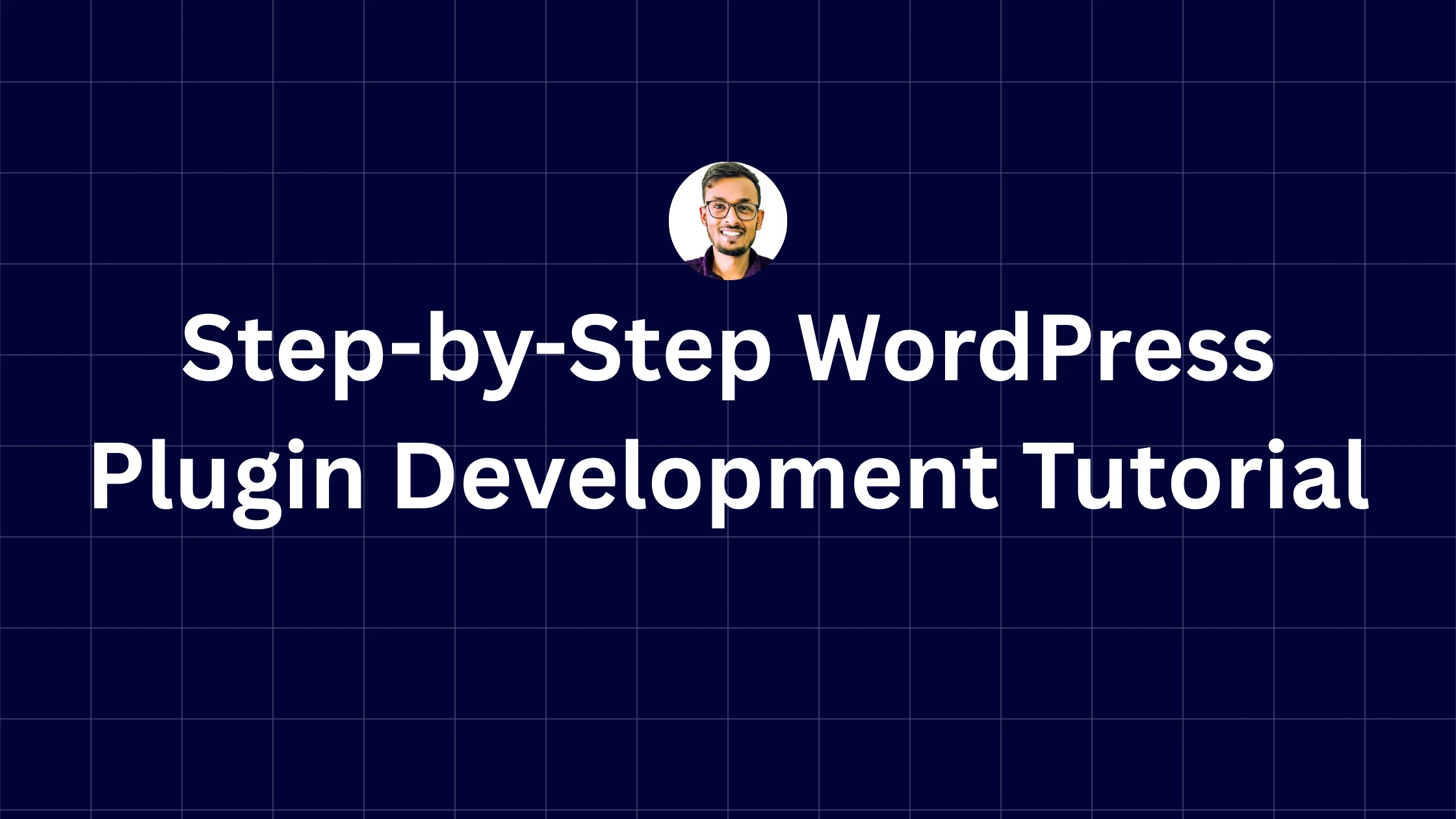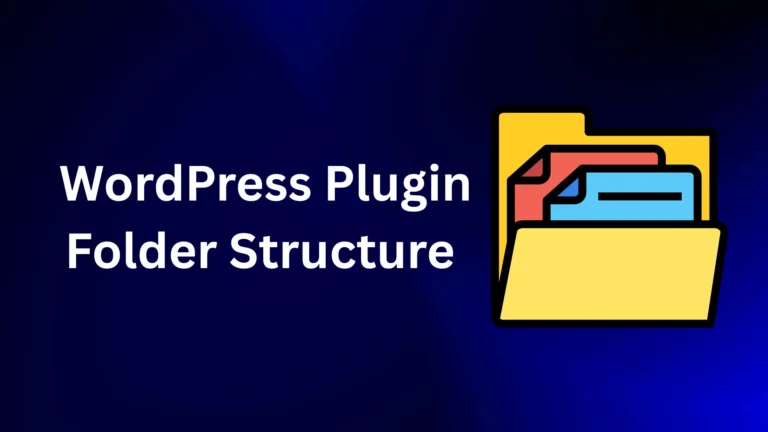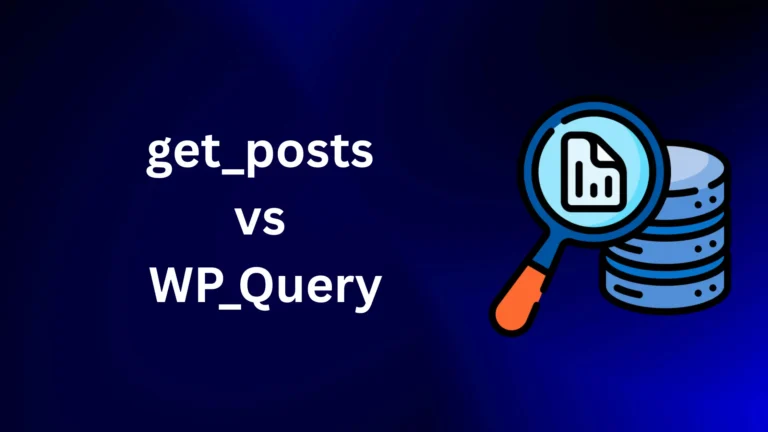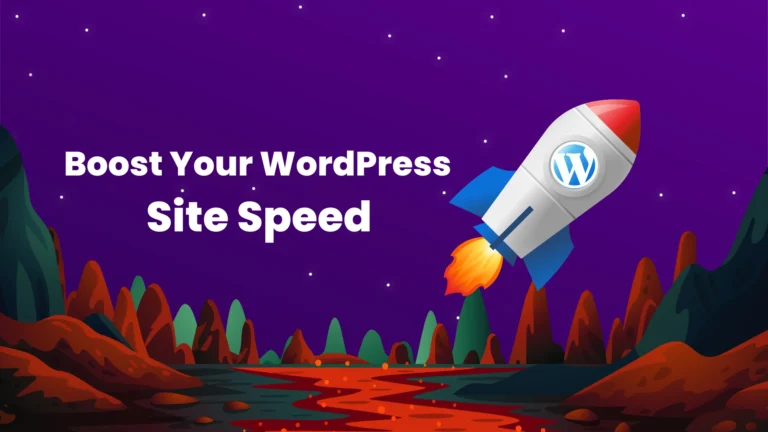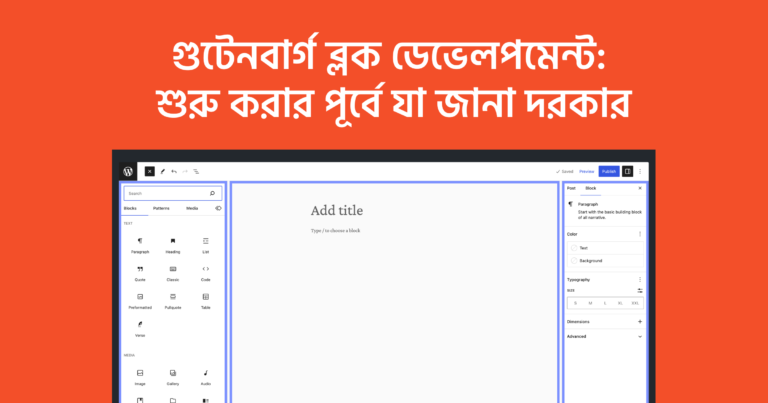Step-by-Step WordPress Plugin Development Tutorial: Build Your First Plugin oday
WordPress powers over 43% of all websites globally, making it the most popular content management system (CMS). One of the key reasons for its dominance is its extensible plugin ecosystem. With over 60,000 plugins available in the official repository, businesses, developers, and site owners can add almost any feature imaginable.
But what if you want something unique that doesn’t already exist? That’s where WordPress plugin development comes in. Whether you’re a freelancer, entrepreneur, or full-stack developer, learning how to create plugins can open new revenue streams, enhance your portfolio, and give you complete control over custom site functionality.
In this step-by-step WordPress plugin development tutorial, you’ll discover how to build a plugin from scratch, learn essential coding best practices, and get answers to common questions developers often face. By the end, you’ll be ready to create your own plugins and even publish them for others.
Why Learn WordPress Plugin Development?
Before diving into the technical steps, let’s explore the value of learning plugin development:
- High Demand – Businesses are always looking for custom features. Skilled plugin developers are highly sought after.
- Monetization – Premium plugins can generate significant recurring revenue.
- Portfolio Power – Building and publishing plugins boosts your credibility.
- Scalability – Plugins can be reused across multiple projects, saving time.
- Full Control – You no longer depend on third-party developers for niche requirements.
Step-by-Step WordPress Plugin Development Tutorial
Step 1: Set Up Your Development Environment
To start building a WordPress plugin, you’ll need:
- Local server: Use tools like XAMPP, MAMP, or Local by Flywheel.
- Latest WordPress installation: Ensure you’re working with the latest stable release.
- Code editor: VS Code or PhpStorm is recommended.
- Basic knowledge: PHP, HTML, CSS, and JavaScript.
Step 2: Create Your Plugin Folder
Navigate to wp-content/plugins inside your WordPress directory. Create a new folder with a clear name (e.g., my-first-plugin).
Step 3: Build the Main Plugin File
Inside your plugin folder, create a PHP file named after your plugin, e.g., my-first-plugin.php. Add the header comment:
<?php
/**
* Plugin Name: My First Plugin
* Plugin URI: https://example.com
* Description: A simple WordPress plugin tutorial example.
* Version: 1.0
* Author: Your Name
* Author URI: https://example.com
* License: GPL2
*/
This header tells WordPress the essential information about your plugin.
Step 4: Activate Your Plugin
Log into your WordPress admin dashboard → Go to Plugins → Find “My First Plugin” → Click Activate.
Congratulations! You’ve technically created your first plugin. But now let’s add functionality.
Step 5: Add Custom Functionality
Example: Display a custom message at the end of every blog post.
function my_custom_footer_message($content) {
if (is_single()) {
$content .= '<p style="color: #2E86C1;">Thank you for reading! This message was added by My First Plugin.</p>';
}
return $content;
}
add_filter('the_content', 'my_custom_footer_message');
This code uses WordPress hooks (add_filter) to append a message after post content.
Step 6: Use Actions and Filters
Hooks are the backbone of plugin development. There are two types:
- Actions: Execute custom functions at specific points (e.g.,
add_action). - Filters: Modify data before it is displayed (e.g.,
add_filter).
Learning how to use hooks effectively separates a good plugin developer from a great one.
Step 7: Add Shortcodes
Shortcodes let users insert dynamic functionality into posts or pages.
function my_shortcode_example() {
return "<strong>Hello, this is my shortcode output!</strong>";
}
add_shortcode('my_shortcode', 'my_shortcode_example');
Now users can type [my_shortcode] anywhere in WordPress to see the output.
Step 8: Organize Your Plugin Files
As your plugin grows, structure matters. Use folders for assets, includes, and templates. Example:
my-first-plugin/
│── includes/
│ └── custom-functions.php
│── assets/
│ └── style.css
│── my-first-plugin.php
Step 9: Secure Your Plugin
Security is critical. Use these best practices:
- Always sanitize input using functions like
sanitize_text_field(). - Escape output with
esc_html()oresc_attr(). - Use nonces for form validation.
Step 10: Test and Debug
Use tools like:
- WP_DEBUG – Enable debugging in
wp-config.php. - Query Monitor – WordPress debugging plugin.
- Unit tests – Automate testing with PHPUnit.
Step 11: Make Your Plugin Translation Ready
Add localization support with functions like __() and _e(). Example:
__('Thank you for using my plugin', 'my-first-plugin');
This makes your plugin translatable into other languages.
Step 12: Submit Your Plugin
If you want to share your work:
- Follow the WordPress Plugin Guidelines.
- Submit to the WordPress Plugin Repository.
- Promote your plugin on blogs, forums, and social media.
Frequently Asked Questions
1. Do I need to be an expert in PHP to build a plugin?
Not at all. A solid understanding of PHP basics is enough to get started. Over time, you can master advanced concepts.
2. Can I build a plugin without coding knowledge?
You can use plugin boilerplates or frameworks, but coding knowledge gives you freedom and customization.
3. How long does it take to create a plugin?
Simple plugins can be made in under an hour. Complex ones with custom dashboards may take weeks.
4. Can plugins slow down my website?
Yes, poorly coded plugins can impact performance. Following best practices ensures speed and stability.
5. Is plugin development profitable?
Absolutely. Many developers earn full-time income selling premium plugins or offering customization services.
Pro Tips for Successful WordPress Plugin Development
- Start Small – Begin with a simple feature and grow from there.
- Follow Coding Standards – Use WordPress Coding Standards (WPCS).
- Keep It Lightweight – Avoid unnecessary code bloat.
- Think User Experience (UX) – Simple settings pages attract more users.
- Update Regularly – Keep your plugin compatible with the latest WordPress version.
Conclusion
Learning WordPress plugin development step by step equips you with the ability to build powerful tools, customize websites, and even launch your own business. Whether you’re looking to solve a specific problem for your site, publish a free plugin to give back to the community, or build premium solutions for profit, the opportunities are endless.
With consistent practice, adherence to coding standards, and a focus on solving real problems, you can transform from a beginner to a professional WordPress plugin developer.

